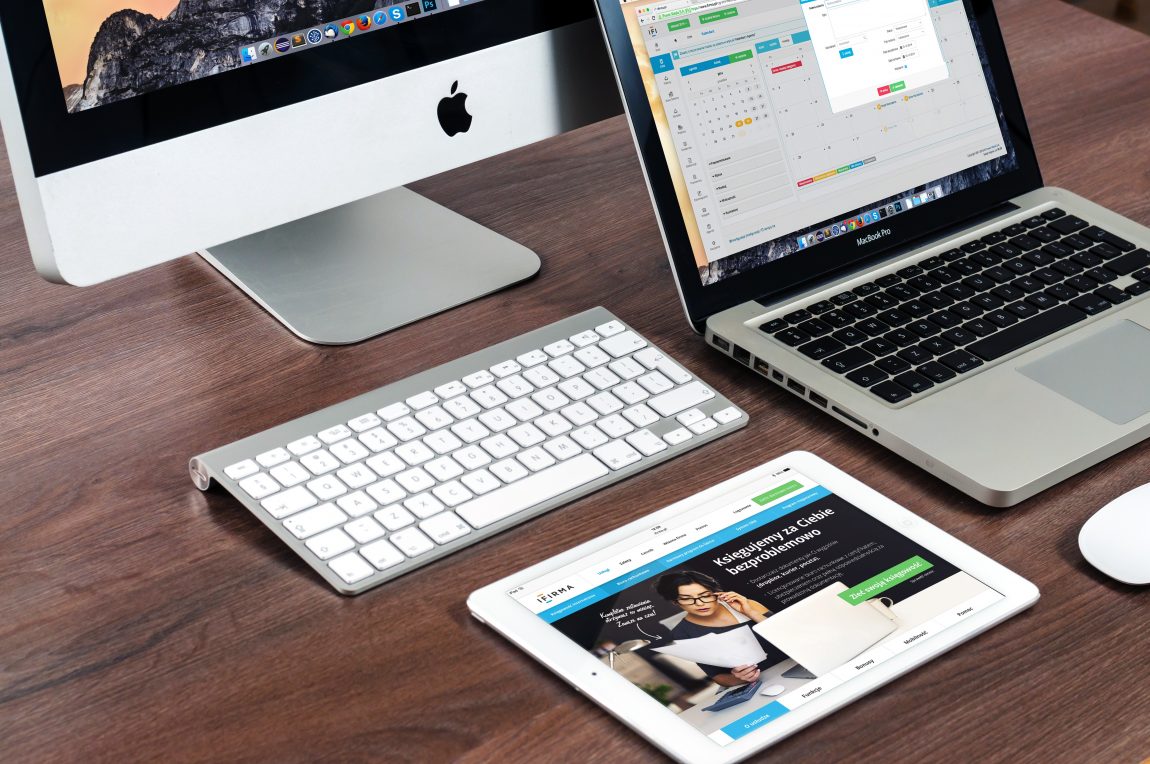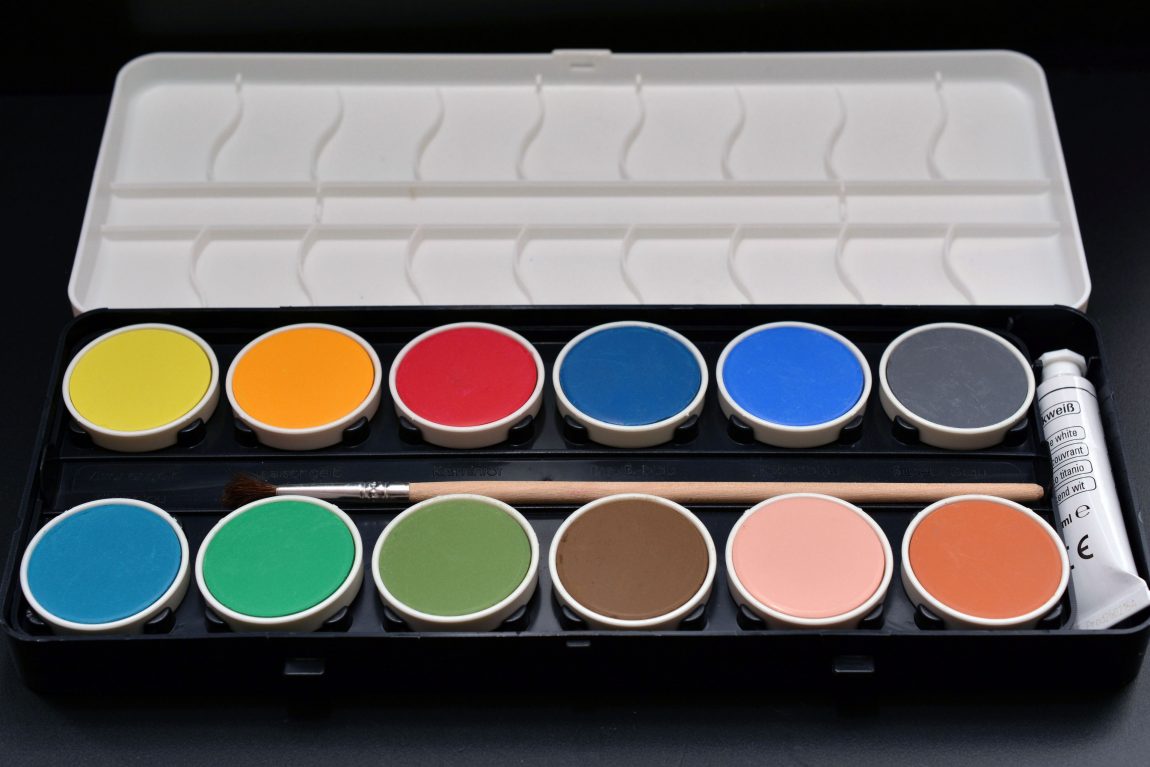B2B Myth of the Week: Simply Having a Website Is Enough
by Emily Swet
The Myth: Simply Having a Website Is Enough
The Truth: How Your Website Is Designed, Written, and Programmed Determines Its Performance
When was the last time you took a critical look at your B2B website design? In today’s market, B2B marketers simply can’t take a “one and done” approach to their web presence. Buyers have become acclimated to today’s standards. Content, searchability, user experience, aesthetics, and responsive design should be the drivers of your site layout. If your website hasn’t been updated in years, or if you haven’t fully fleshed out a recent redesign, we’ve put together a quick cheat sheet to get you up to speed.
5 Essential Building Blocks for B2B Websites
-
Killer Content
Creativity and persuasive insights don’t just work for B2C companies. There is a still a person on the other side of your website making purchase decisions every day. The content on your website has the potential to differentiate you from your competitors and lead your prospects further into your sales funnel. Make sure yours is compelling and directive. And more than anything, check your content for clarity, accuracy, and usefulness to your prospects.
-
Smart SEO & SEM
B2B marketers are getting savvier with search engine optimization and search engine marketing. And so should you. Since the rules are constantly changing, you can’t expect your site to produce results all by itself. Investing in an SEO/SEM specialist or using an agency to maximize your results based on cost efficiency is one of the smartest moves you can make. Use SEO and SEM to drive customers where you want them to go, then analyze their experience so you can make educated tweaks in the future.
-
Intuitive User Experience
Is your site easy to navigate? Where are your visuals placed? Are your call-to-action buttons easy to find? The answers to these questions can mean the difference between a click and a bounce. Your users want to be led, and your user experience dictates where you lead them. A successful user experience follows the natural eye flow pattern across a website. If your site feels clunky or fraught with stopping points, you’re more likely to lose users. Consider a redesign that leads your user to a purchase decision.
-
Engaging Aesthetics
The graphic design of your website has the power to elicit an emotional response as it is the first thing your buyer will see. Smart design works seamlessly with your content to convey a feeling, insight, or solution simply through imagery. You can set the tone right on the home page. The colors, fonts, photography, and illustrations you select can all affect those who visit the site. When done well, design can be a major point of differentiation from your competitors.
-
Responsive Design
Considering Mashable called 2013 The Year of Responsive Web Design, if your site isn’t by now, you’re woefully behind. Responsive sites “respond to” the type of device they are being viewed on, resizing to a more appropriate layout and view. (Think: desktop vs. laptop vs. tablet vs. smartphone). Why is this important? Because your buyers aren’t on their desktops all the time. If they are on the road or in meetings, and unable to really experience your site on their mobile device, you’re likely to lose them – and fast.
Online presence isn’t something that is created overnight. It takes time, research, and a budget to make a website worth having. Yet the initial effort up front can pay you back in spades for the long term. Your ROI can make it well worth it. So with this in mind, it’s worth repeating: when was the last time you took a critical look at B2B website design?
Continue ReadingB2B Monday Myth: Product Demos Are Things of the Past
by MGB2B
 The Myth: No One Wants to Watch Demonstrations of Your Products.
The Myth: No One Wants to Watch Demonstrations of Your Products.
The Truth: 55% of B2B Buyers Rank Product Demos as One of the Most Influential Types of Content.
Before the days of the world wide web, your printed product brochure and instructional materials were more precious than gold to your audience. Without them, B2B buyers had no way of knowing exactly how your products worked, how they were installed and used, or how they differed from your competition’s. Today, while a Google search won’t tell your buyers everything they need to know about your products, they can probably gather enough information to make an informed buying decision without the need for a demo. Right?
A recent study performed by the Content Marketing Institute and SmartBrief revealed which types of marketing content were most important to those responsible for B2B buying decisions. When asked to rank how much influence various types of content had on their purchases, 55% of respondents placed Product Demos in their top two. With over half of B2B buyers turning to product demonstrations to help fuel their purchasing decisions, you should think twice before removing your demo videos from YouTube. After all, you are the expert when it comes to your products.
Now that you know just how valuable B2B product demos are, it might be time to consider freshening up your collection. Here are five tips to keep your demos up-to-date:
Five Tips for B2B Product Demos
- Give it real-world application. Don’t just demo your product arbitrarily. Have it solve a problem that vexes your buyers.
- Keep it simple. Though tempting, don’t overcrowd your video with too much info. Stick to two or three of the most helpful features and common uses, and you’ll strike a compelling and digestible balance.
- Keep it short. No one has the time to sit through a ten-minute video. Aim for 2-3 minutes – this will not only keep them watching to the end, but them much more likely to share it.
- Include a Call To Action. Conclude your video by directing your viewers to action. This could anything from reaching out for a consultation, requesting a sample, or buying the product itself.
- Go with pros. If you can, have them done professionally. You know your product inside and out. But a marketing or video production team knows how to make it look good. Capitalize on the benefit of your knowledge and their professional expertise.
B2B product demos are not a thing of the past and marketing videos are only gaining popularity. Invest in your demos, and keep your sales team armed with engaging material that your buyers will want to share – and respond to. (Want more marketing video tips? Read this.)
Continue ReadingB2B Monday Myth: B2B Web Design is All About Pretty Pictures
by MGB2B
The Myth: Web Design is All About Pretty Pictures
The Truth: B2B Web Design Needs to Properly Guide your Audience Throughout the Site
When it comes to B2B web design, the challenge has nothing to do with the pretty pictures and crazy font. Instead, it has everything to do with the process and functionality that guides your audience through the site.
User Experience
In order to do so, there needs to be a strong focus in user experience. A good user experience has to include accurate and relevant call-to-action buttons and website functionality – this is a non-negotiable. Website functionality isn’t about pretty pictures, like many may think. A clean and focused webpage format draws attention to the site and leads users to where you want them to go.
Also included in user experience is a strong message that is portrayed throughout the site. A lack of message (or an unfocused one) confuses your audience as to what your company does. A strong company message builds trust and lets users know what your company is all about. Your B2B web design must focus on strong messaging throughout the entire site in order to give your audience a sense of understanding – which will ultimately keeps them interested.
Call-to-Action
It is important to have the right call-to-action buttons throughout a site to drive people to a contact page and capture them as a lead. In order to drive people to a contact page, your B2B web design blueprint needs to include easy access to your lead generation form. Basically, if a user has to dig for a way to contact you, the website isn’t guiding your audience. And your user has to already have intent – and patience. A better user experience on your B2B page leads users to easy-to-find contact pages, which means higher conversion results.
The more CTA buttons you have, the better your results are likely to be. Repetition is key. Instead of just having one call-to-action button on the top of the website, it is beneficial to include them on the bottom of each page as well.
Lead Generation
Once your website is designed to accurately and effectively guide users through your site, more and more visitors are able to be converted into leads. After that, you can determine whether the call-to-action buttons helped to generate a lead. Then, you can see how they interact with your brand and determine whether the lead becomes “qualified”.
While pictures are eye catching, they do not create leads. If your B2B web design accurately guides your audience throughout your site with strong functionality and properly placed call-to-action buttons, there is a very strong chance that more users will interact and become interested in filling out a contact form to learn more.
Continue Reading
